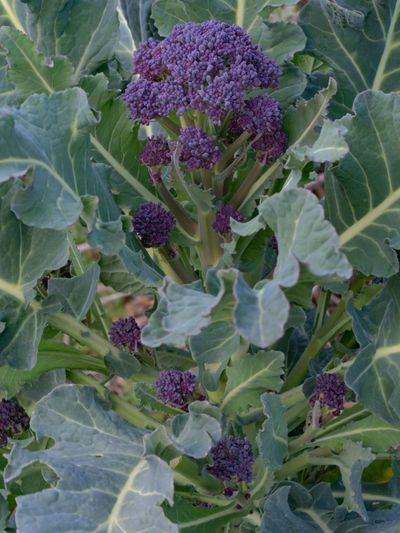What is Purple Sprouting Broccoli?
Purple broccoli plants are extremely cold hardy withstanding temps below 10 degrees F. (-12 C.). This unique attribute is critical to success in growing the plant, as Purple Sprouting broccoli growing will require at least 180 days to mature. Unlike other broccoli plants, which produce a single large head, Purple Sprouting broccoli plants produce smaller heads with multitudes of tender side shoots. These shoots often taste especially sweet and delectable due to their exposure to cooler temperatures.
Purple Sprouting Broccoli Growing
When it comes to Purple Sprouting broccoli, growing this plant will require a bit of patience, but it’s totally worth it. First, gardeners will need to determine the best time for planting. With Purple Sprouting broccoli, care should be taken to ensure that the plants are grown throughout the coolest portion of the growing season. For many, this will mean that the Purple Sprouting broccoli seeds need to be started indoors six to eight weeks before the last frost or directly seeded four weeks before the last frost in late winter/early spring. Likewise, they can be planted in late summer to enjoy fall or winter crops. It’s a great choice for growing over winter in a hoop house or greenhouse too. (As always, planting times may differ for those living in regions with mild summer temperatures or extended periods of frost-free weather.) In order to flower, Purple Sprouting broccoli will need a vernalization period. Without at least six weeks of cool weather, the plants may not initiate flowering. Beyond transplant, Purple Sprouting broccoli care will require some attention to detail. Proper irrigation and fertilization will be imperative to success. These heavy feeding plants need a well-amended location that receives full sun. Establishing a consistent irrigation routine will contribute to the development of a robust root system. However, growers should always make certain to avoid watering during prolonged periods of cold, as this can increase the likelihood of rot and other issues within the planting. As soon as the central floret forms, you can cut this to promote the development of secondary side shoots. Harvest these once they reach 6 to 8 inches (15-20 cm.). Continue checking every few days for any new side shoots to appear.
